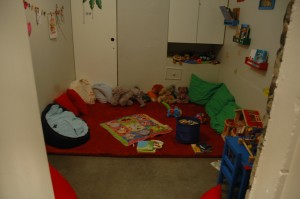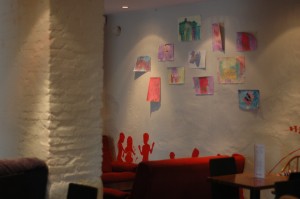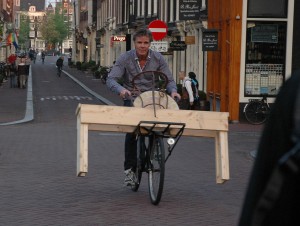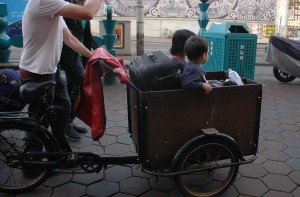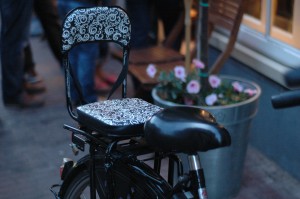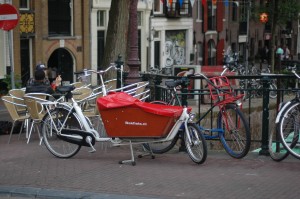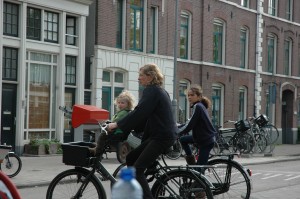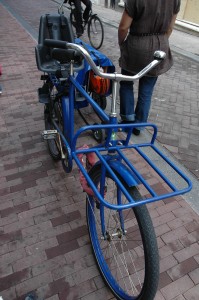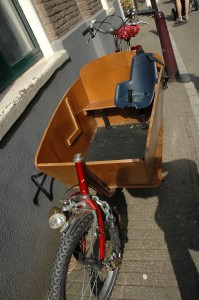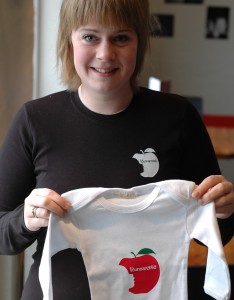
Tinna Kristjánsdóttir, owner of Iðunnareplið, a cafe for children (and adults) in Reykjavik
Don’t think me a unrepentant Europhile. I know a bit about the stagnant economies, the old and new racism, the sometimes insufferable boredom of the continent.
However.
Every once in a while you’ll see something that is just so humane, so kind, so… progressive, that you really have to wonder what the hell is wrong with us in the U.S.
You see, DadWagon is no stranger to the de facto segregation here between those who have children and those who have no children. As fathers, we have tried to mix those groups by, say, taking our babies into bars, only to feel the full wrath of that part of society that fundamentally believes that 1) it is our fault we had children 2) our children had better stay the fuck away from bars, cafes, restaurants, food trucks and halal stands.
On the last day of vacation last week, during a 24-hour pony-and-hotspring-filled layover in Iceland, my family and I stumbled upon the complete antidote. It was a cafe so awesomely outfitted for parents of young kids that I almost want to announce some sort of X-prize million-dollar reward for the first person who opens something like it in New York.
The cafe is in downtown Reykjavik. Its name is somewhat unpronounceable for non-Icelanders: Iðunnareplið, which means Apple of Iðunn. Iðunn is, I’m told, the Norse goddess of apples. It is run by a mother of young kids named Tinna Kristjánsdóttir, who started it in January–an insane month to do anything in Iceland–as a place where parents of young children, especially mothers, could spend an afternoon drinking coffee while their children do what children like to do: play, run around, fight, poop in undersized toilets, and so on.
I took out my camera and shot a few pictures of the place. I’ll let the captions do the explaining about exactly everything Kristjánsdóttir thought of there. But first, let me say that the amenities are impressive, but it’s what they mean that is even more important. They mean that this is a safe space, a judgment-free zone, for parents as well as kids. That’s a powerful concept for American parents, who are asked to raise children without having those children act like children in public spaces. Here, in far away Iceland, apparently, you can just drink an espresso without childless adults stealing what little peace your kids left you with.
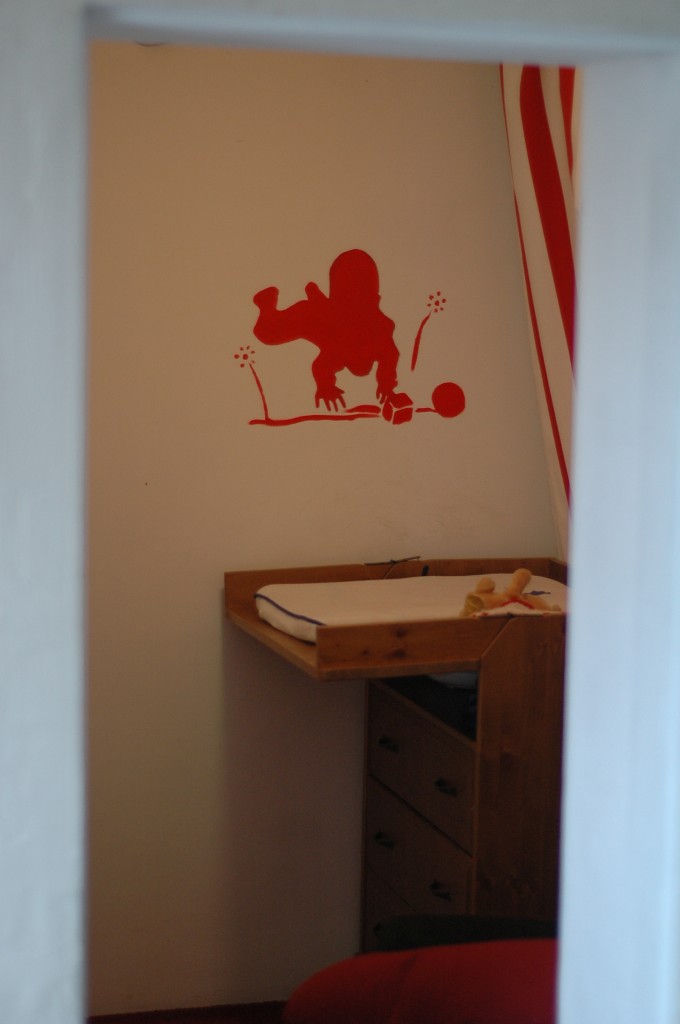
A nook in the back with a changing table and area for breastfeeding. Kristjánsdóttir says lactation consultants hold workshops at the cafe.
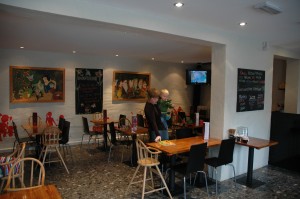
Kristjánsdóttir with her child at opening time. In the back corner, a close-circuit TV for watching the kids in the back playarea
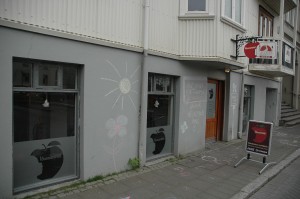
From the street, a block off of City Hall

